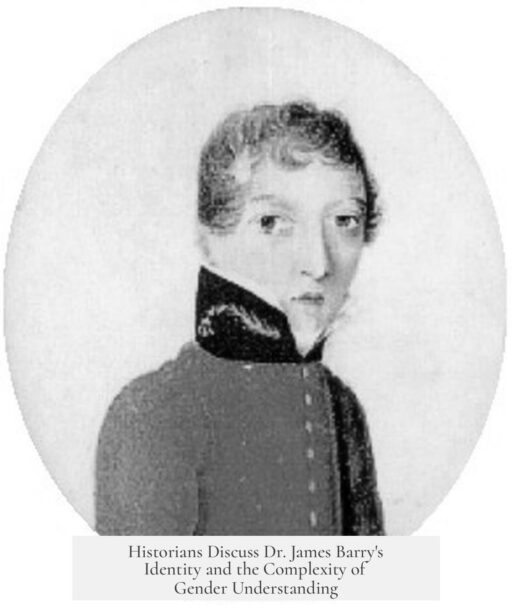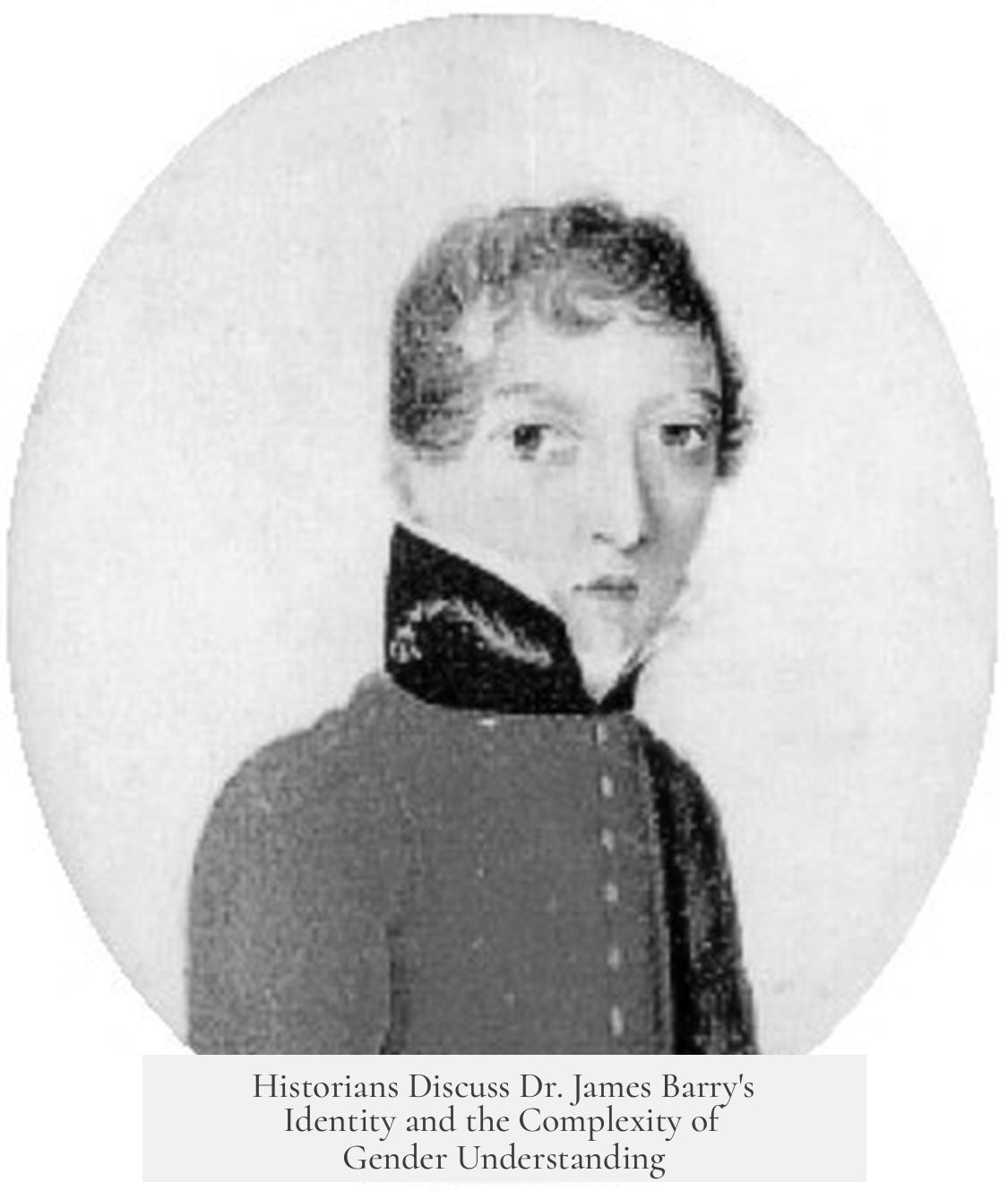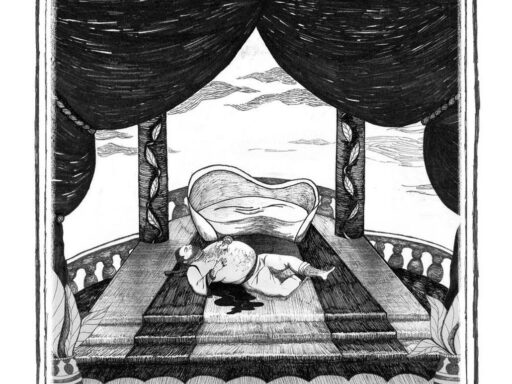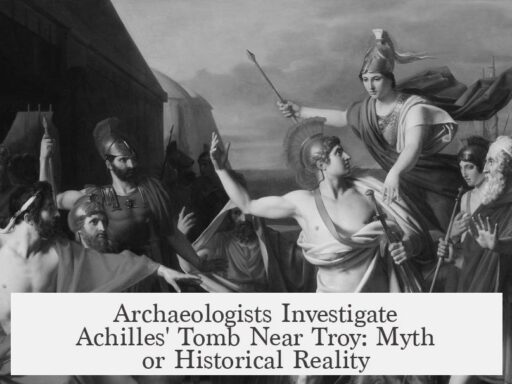Historians studying Dr. James Barry understand his identity as complex and layered. They recognize Barry’s decision to live entirely as a man from adulthood, which aligns with modern definitions of transgender identity. However, they also caution against applying contemporary labels to historical figures without full context. Barry’s identity is viewed through both historical and social lenses, reflecting ambiguity in records and the challenges of interpreting personal experiences from the past.
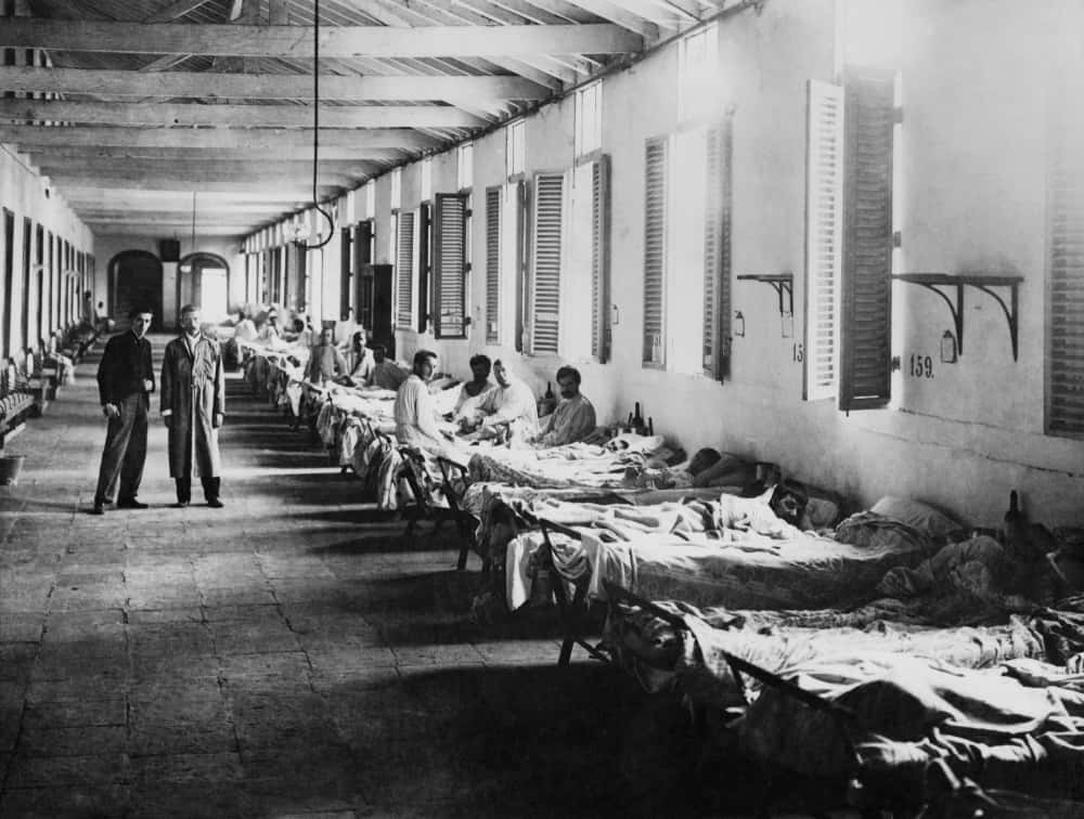
Dr. James Barry was born Margaret Ann Bulkley but lived openly as a man for decades. Historians point to this profound shift as evidence of gender nonconformity. According to Susan Stryker, a key theorist in transgender history, transgender individuals “move away from the gender they were assigned at birth” and cross cultural boundaries that define gender. Barry’s life fits this description.
Stryker’s framework helps historians avoid presentism, a common pitfall that projects current ideas onto the past. Modern concepts such as “transgender,” “cisgender,” “heterosexual,” and “homosexual” did not exist in Barry’s time. Historians address this by cautiously interpreting how Barry’s life and choices fit within or challenge those modern categories.
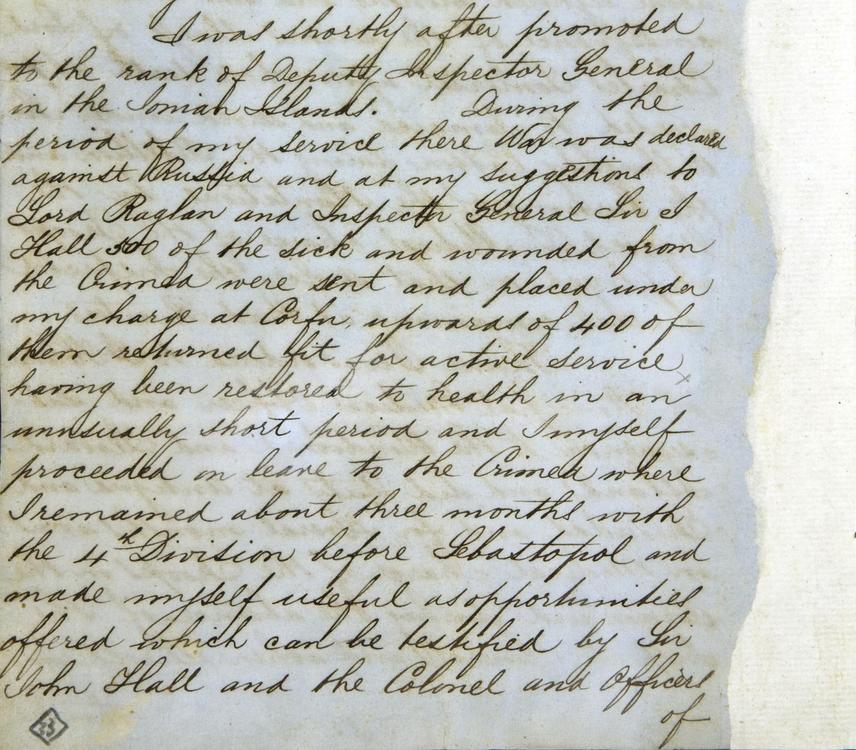
The complexity arises from limited direct evidence about Barry’s internal sense of identity. No clear self-statements exist from Barry. Researchers rely on public records, personal actions, and third-party observations. This forces them to speculate about emotional and psychological aspects. Most agree Barry chose the male identity deliberately and maintained it in public and professional life.
One prevailing argument is that Barry should be considered transgender because of the deliberate, lifelong embodiment of a male identity despite female birth assignment. This approach focuses on the act of transition itself, rather than trying to analyze Barry’s motivations or internal feelings in detail. Historians see Barry’s public gender identity as meaningful, requiring no other condition for transgender recognition.

However, this view faces challenges. Barry’s private life remains largely unknown, leaving questions about intimacy, disclosure, and relationships unanswered. Historians speculate whether Barry might have been a butch lesbian adopting male presentation for safety or societal acceptance. Without personal records, these remain open possibilities.
A notable complication is physical evidence discovered upon Barry’s death, suggesting a pregnancy. Historians regard this as highly unusual and significant. It indicates that someone close to Barry may have known their biological sex. Yet, historians caution against inferring too much about Barry’s gender or sexual identity from this alone, given the lack of context around the pregnancy.
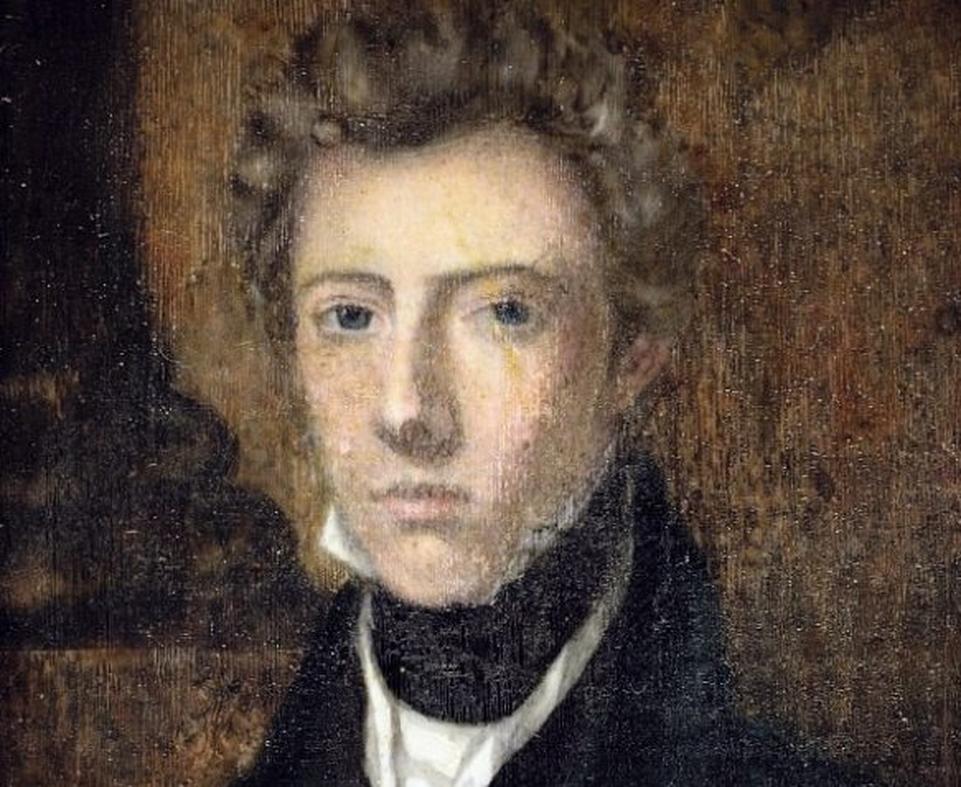
In summary, historians navigating Barry’s identity balance between recognizing a clear gender transition and respecting historical context. They apply theoretical frameworks carefully, while acknowledging gaps in understanding. Barry’s story demonstrates how gender identity can be complex and multifaceted, shaped by social, cultural, and personal factors in the 19th century.
- Dr. James Barry lived as a man for most of life despite female birth assignment, aligning with transgender definitions.
- Historians avoid imposing modern labels on Barry but use frameworks like Susan Stryker’s to interpret gender nonconformity historically.
- The lack of explicit personal statements makes understanding Barry’s self-concept speculative and ambiguous.
- Physical evidence of pregnancy complicates Barry’s gender and sexual identity interpretations.
- Barry’s identity exemplifies historical challenges in studying transgender figures without presentism.
Historians That Have Studied Dr. James Barry: How Do You Understand James’s Identity?
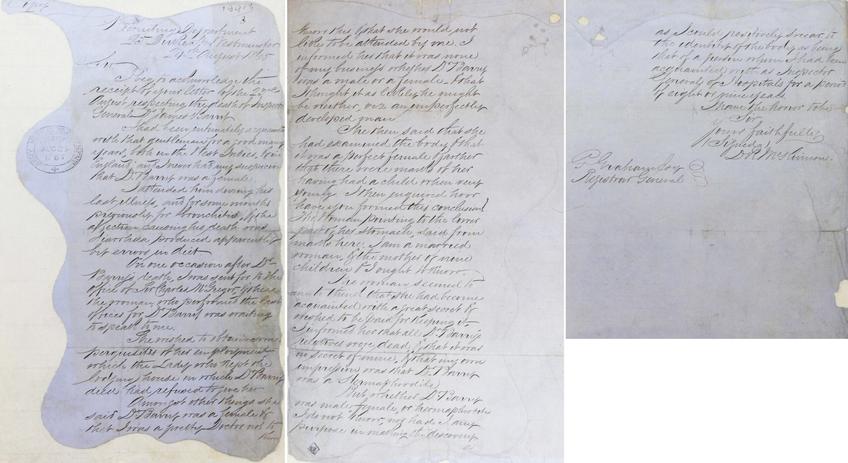
So, who was Dr. James Barry really? Was Barry a transgender person, a gender-nonconforming individual, or something else entirely? Historians who have dug into Barry’s life find this question tangled in complexity, cultural shifts, and scarce personal revelations. It’s not just about time-traveling over centuries; it’s about decoding identity in an era when the very language to discuss it didn’t exist.
Let’s unpack how historians tackle this puzzle and why Barry’s identity sparks conversations about history, gender, and society.
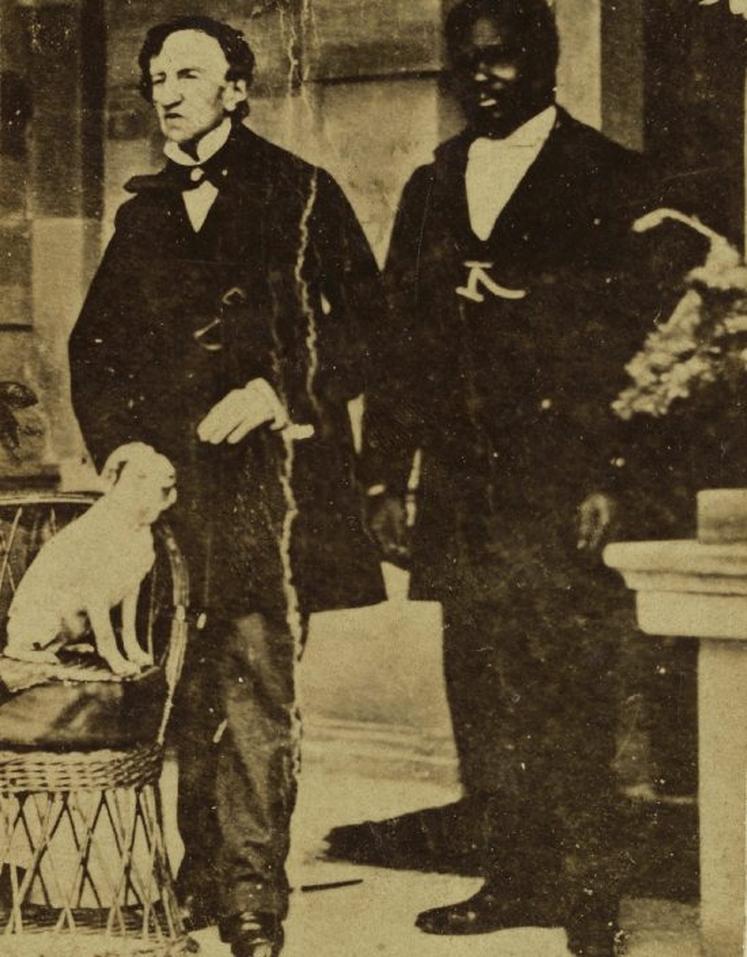
The Presentism Problem: Avoiding Modern Labels on Historical Figures
Imagine trying to explain Instagram to cavemen. Odd fit, right? That’s presentism—applying today’s concepts and values backward in time. Historians hate this glitch. For Barry, this means resisting the urge to slap on modern labels like “transgender” without context.
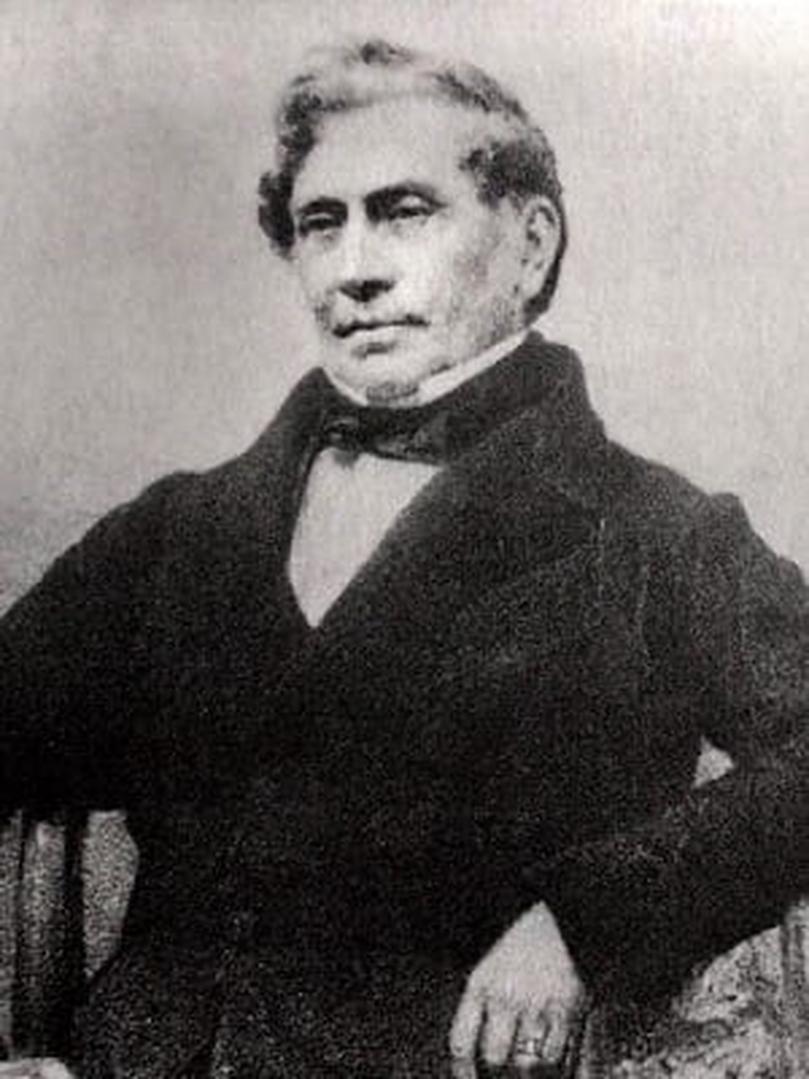
Gender identity, as a personal and social concept, is remarkably modern. Words like “transgender,” “cisgender,” “homosexual,” or “heterosexual” have evolved only recently. Barry lived in an 18th-century world. The norms were different, identities weren’t personalized as today, but behaviors and choices that resonate with our current understanding appear all the same.
So how do historians navigate? They tread carefully, acknowledging that Barry’s life doesn’t neatly fit today’s identity boxes but still raises fascinating questions.
Susan Stryker’s Historical Definition of Transgender
Here’s where historian Susan Stryker shines. In Transgender History, she offers a tool to interpret people like Barry without modern hang-ups. Stryker defines “transgender” as people who move away from the gender assigned at birth and cross cultural boundaries that define gender.
If we apply this idea to Barry, things get intriguing fast. Barry was born Margaret Ann Bulkley but lived as James Barry from around age 20 onward, maintaining that identity in the public eye as a celebrated military surgeon. Cherry-picking details, that’s a clear crossing of gender boundaries.
Using Stryker’s framework, Barry fits the historical transgender definition quite outrightly—crossing and living beyond the gender assigned at birth is the hallmark.
Why Barry’s Identity Is Ambiguous and Complex
But hold on! It’s not a simple yes or no. Barry’s story is murky.
Historians don’t have a diary spilling all the personal feels. Barry left no explicit statements about self-identity. The evidence is in third-party accounts, career records, and sparse personal directives. Trying to read Barry’s mind today? That’s speculative at best.
The cultural context also muddies things. Barry wasn’t swimming in a world with gender diversity-awareness events or identity pride parades. Those social frameworks shape how people see themselves.
Argument for Considering Dr. Barry Transgender
Still, one powerful argument says Barry deserves recognition as transgender. Why? Because the shift from Margaret persona to James identity wasn’t a fleeting disguise—it was lifelong. Barry lived authentically as James Barry in professional and public life.
That alone, proponents say, is enough. The “why” behind the transition isn’t necessary to validate this identity. Whether out of necessity, survival, or deep personal conviction, Barry embodied a gender differing from birth-assigned identity consistently.
Historians argue the emotional and social challenges Barry faced—perhaps rejection, danger, or loneliness—echo those experienced by transgender individuals, transcending time. It’s a poignant reminder that identity is lived, not just labeled.
Challenges and Contradictions in the Transgender Identity Argument
But the plot thickens.
Historians don’t know how Barry identified with those closest. We know Barry maintained the James identity professionally, but what about intimate relationships? Did Barry reveal biological sex? And how did Barry self-identify away from prying eyes?
One theory asks if Barry might have been a butch lesbian adopting male identity to avoid male attention or gain social validation. It’s speculative but offers alternative perspectives to rigid transgender narratives.
And then there’s a stunned gasp-worthy detail: physical evidence from Barry’s postmortem examination suggested Barry had been pregnant. Yes, pregnant. This hints another man in Barry’s life knew the biological sex secret. But how this impacts Barry’s sexual or gender identity is a mystery wrapped in historical fog.
So, does this mean Barry wasn’t transgender in today’s sense? Or just lived a life more complex than simple categories allow? Here, history refuses a neat box.
What Can We Really Learn About Barry’s Identity?
Perhaps the real lesson is this:
- History asks us to respect context.
- Human identities are complex and layered.
- Focusing too much on labels may obscure the lived experience.
- Barry’s courage to live as James in that era is itself profound.
Dr. James Barry challenges our assumptions about gender and identity. Barry’s life invites us to think beyond simple names and categories and appreciate the rich narratives of people navigating difficult social terrains.
So, do you see Barry as transgender, gender-nonconforming, or simply brave and complex? Each answer reveals not just Barry’s history but how we understand identity’s shifting sands over time.
Practical Takeaways from Barry’s Story
Beyond historical curiosity, Barry offers modern lessons:
- Respect history’s context – Don’t rush to label. Understand social norms and linguistic evolution.
- Recognize courage – Living authentically in hostile environments demands respect.
- Embrace complexity – Human identities often resist simple categories.
- Question assumptions – We must stay open to multiple narratives.
Historians who study Barry encourage us all to approach identity with nuance and empathy. The past doesn’t provide simple answers, but it does offer rich stories that challenge and expand our understanding.
Dr. James Barry’s life stands as a beacon illuminating the fluid nature of human identity across history—inviting us to honor those who dared to live their truth, however complex its shape.
